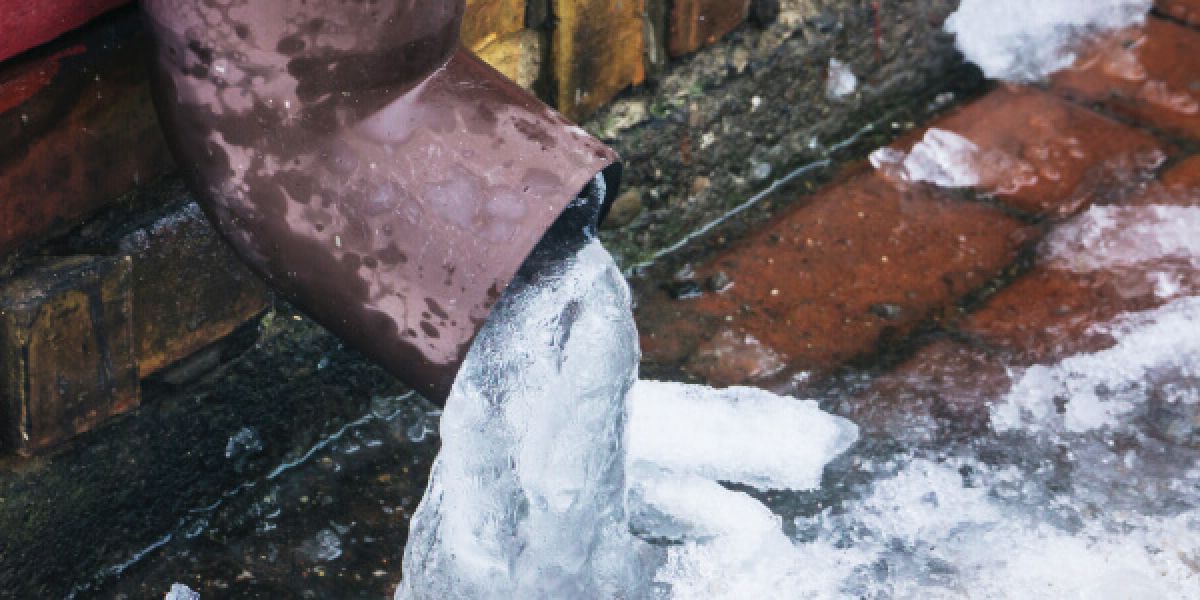Protecting Pipes from Freezing Issues: Critical Strategies
Protecting Pipes from Freezing Issues: Critical Strategies
Blog Article
The content which follows on the subject of How to prepare your home plumbing for winter weather is truly motivating. Give it a try and draw your own results.

Cold weather can ruin your plumbing, particularly by freezing pipelines. Right here's exactly how to avoid it from happening and what to do if it does.
Introduction
As temperatures decrease, the risk of frozen pipes boosts, potentially leading to expensive fixings and water damages. Understanding how to avoid frozen pipes is crucial for property owners in cool climates.
Avoidance Tips
Protecting prone pipelines
Cover pipelines in insulation sleeves or utilize heat tape to secure them from freezing temperatures. Concentrate on pipelines in unheated or outside locations of the home.
Heating techniques
Keep indoor spaces effectively heated, particularly locations with pipes. Open cupboard doors to permit cozy air to circulate around pipes under sinks.
Exactly how to recognize icy pipelines
Look for decreased water flow from faucets, unusual odors or sounds from pipelines, and noticeable frost on exposed pipes.
Long-Term Solutions
Architectural adjustments
Take into consideration rerouting pipelines far from outside wall surfaces or unheated areas. Include additional insulation to attic rooms, cellars, and crawl spaces.
Updating insulation
Invest in high-grade insulation for pipelines, attic rooms, and wall surfaces. Appropriate insulation assists maintain consistent temperature levels and lowers the threat of frozen pipes.
Safeguarding Outside Pipes
Garden pipes and exterior faucets
Separate and drain pipes yard hose pipes before wintertime. Set up frost-proof faucets or cover outside taps with insulated caps.
Comprehending Icy Pipes
What creates pipelines to ice up?
Pipelines ice up when subjected to temperature levels below 32 ° F (0 ° C) for expanded periods. As water inside the pipelines ices up, it expands, putting pressure on the pipe wall surfaces and possibly creating them to burst.
Risks and damages
Frozen pipelines can bring about supply of water interruptions, home damage, and costly repair services. Ruptured pipes can flood homes and cause comprehensive structural damages.
Indicators of Frozen Piping
Recognizing icy pipelines early can avoid them from bursting.
What to Do If Your Pipes Freeze
Immediate activities to take
If you believe frozen pipelines, keep faucets open to alleviate stress as the ice melts. Make use of a hairdryer or towels soaked in warm water to thaw pipelines slowly.
Conclusion
Avoiding icy pipes needs aggressive steps and quick responses. By understanding the causes, signs, and preventive measures, house owners can shield their pipes throughout cold weather.
6 Proven Ways to Prevent Frozen Pipes and Protect Your Home
Disconnect and Drain Garden Hoses
Before winter arrives, start by disconnecting your garden hoses and draining any remaining water. Close the shut-off valves that supply outdoor hose bibs and leave the outdoor faucet open to allow any residual water to drain. For extra protection, consider using faucet covers throughout the colder months. It’s also important to drain water from any sprinkler supply lines following the manufacturer’s directions.
Insulate Exposed Pipes
Insulating your pipes is an effective way to prevent freezing. Pipe insulation is readily available at home improvement stores and is relatively inexpensive. Pay close attention to pipes in unheated areas such as the attic, basement, crawl spaces, or garage. Apply foam insulation generously to create a buffer against the cold. You can also wrap your pipes in heat tape or thermostat-controlled heat cables for added warmth.
Seal Air Leaks
Inspect your home for any cracks or openings that could let in cold air. Seal any holes around the piping in interior or exterior walls, as well as the sill plates where your home rests on its foundation. Additionally, make sure to keep your garage door closed unless you’re entering or exiting. Leaving it open creates a significant air leak that can lead to frozen pipes.
Allow Warm Air Circulation
During cold snaps, it’s essential to allow warm air to circulate evenly throughout your home. Leave interior doors ajar to promote better airflow. Open kitchen and bathroom cabinets to help distribute heat consistently around the rooms. If you have small children or pets, be sure to remove any household chemicals or potentially harmful cleaners from open cabinets for safety.
Let Faucets Drip
A small trickle of water can make a big difference in preventing ice formation inside your pipes. When temperatures drop significantly, start a drip of water from all faucets served by exposed pipes. This continuous flow helps prevent the water from freezing. Additionally, running a few faucets slightly can relieve pressure inside the pipes, reducing the chances of a rupture if the water inside does freeze.
https://choateshvac.com/6-proven-ways-to-prevent-frozen-pipes-and-protect-your-home/

Do you enjoy reading about How to Prevent Your Pipes From Freezing? Place a comment directly below. We'd be pleased to find out your reactions about this blog posting. We hope that you come back again in the future. You should take a moment to promote this write-up if you enjoyed reading it. We treasure your readership.
Schedule Now! Report this page